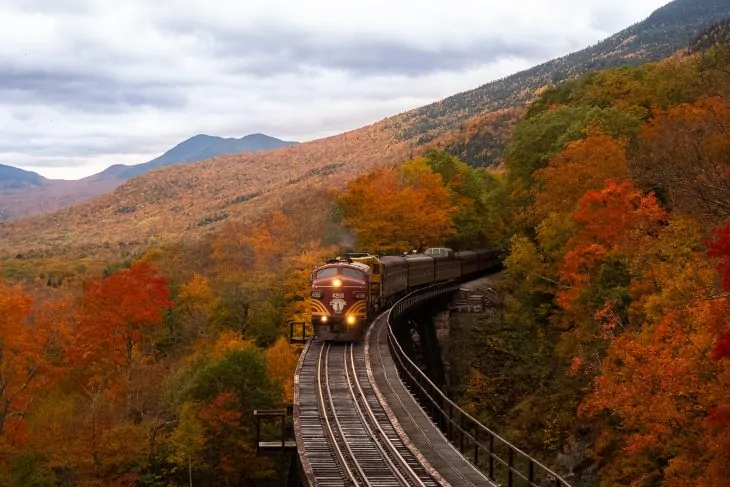
Trains have been a popular mode of transportation for many centuries now. Moreover, these transport systems continue to improve and surprise us of their never-ending capabilities.
Here are 50 amazing facts about trains that will surprise train fans and those interested.
- The word Train comes from a French verb which means to draw or drag.
- Ghost trains run on the British Train Network often.
- Trains were built to transport passengers and cargo quickly along railroads.
- Early trains once relied on gravity and rope for motion.
- Some trains have a second locomotive which pushes the train forward from the back.
- There is an abandoned train subway station under the city hall in New York and it can be seen by taking the number 6 train.
- If someone in Japan performs suicide in front of a moving train, the train company may legally sue his family for damages.
- In 1963, Princeton students once forced a train to stop by parking a car on the tracks.
- The fight scene on a moving train from Skyfall was filmed on an actual moving train.
- When on maps, slime molds have almost perfectly replicated major train systems in the US.
- There are different types of trains for different types of purposes.
- Many passenger trains feature self-propelled carriages.
- A Mexican brakeman saved a town by driving damage and burning train filled with dynamite away from the town before he died.
- The engineer that designed the Japanese Kamikaze planes also designed the body of the Japanese Shinkansen.
- Chinese and Irish laborers were able to lay 10 miles of tracks for the Central Pacific Railway in a day.
- Monorails feature a single rail and are elevated from the ground.
- Thomas the Train was originally only a wooden toy made for the creator’s son.
- 3 people were once killed by a Texas Train company’s publicity stunt in 1886.
- A 16-year-old once impersonated a train conductor and drove a Brooklyn train for over 3 hours before getting caught.
- Auburn ROTC cadets greased the skids of a railway track before a football game in 1896. This prevented the incoming team from reaching the next town properly resulting in their loss.
Train Facts Infographics
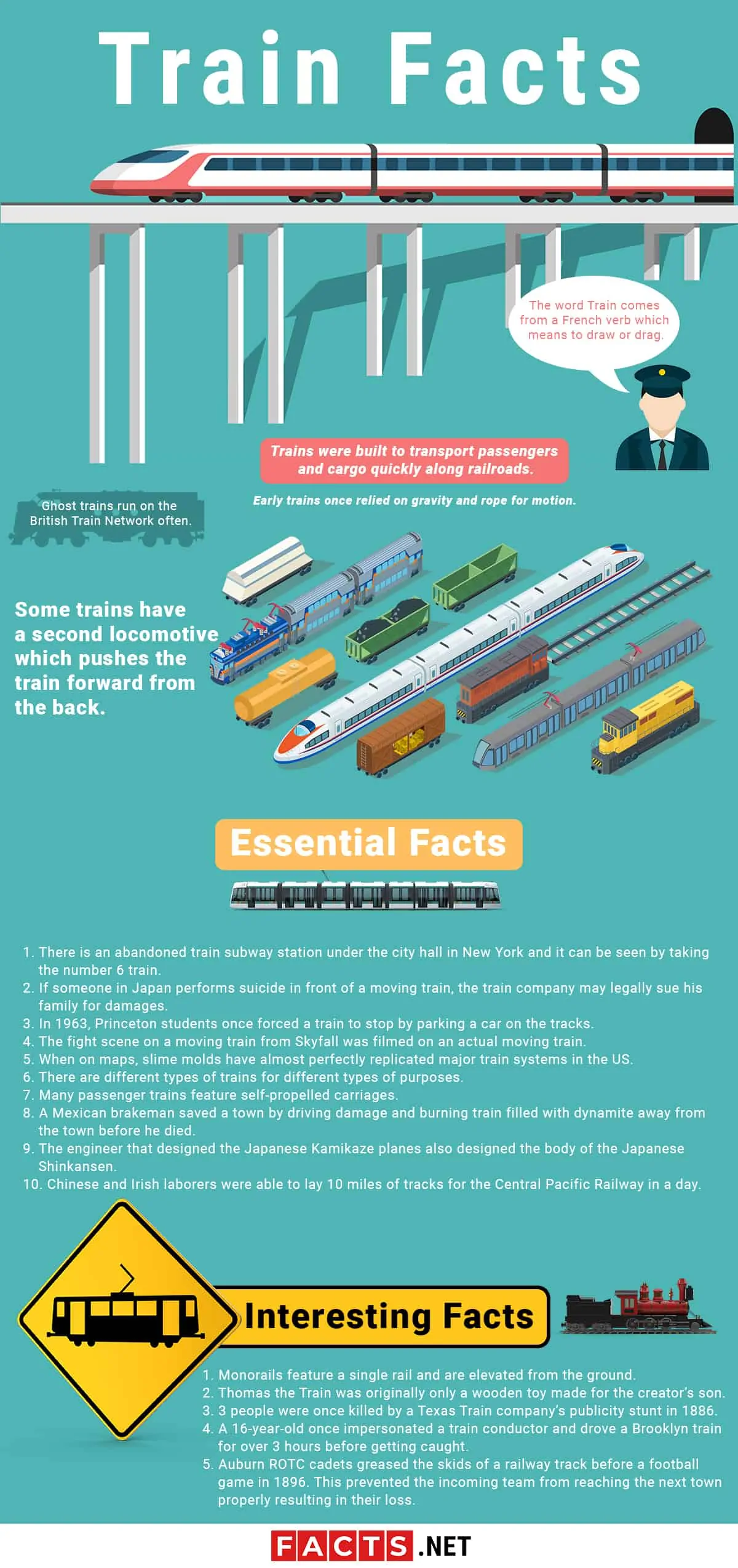
The first travel agency started thanks to a train trip.
A train excursion was organized in 1841 for a total of 540 parishioners to attend a temperance meeting in London. The organizer, Thomas Cook, negotiated a fare for passengers which included a meal with their tickets.
After the successful trip, he began to expand his operations within Europe and the United States. By 1873, this travel agency came to be known as Thomas Cook and Son.
Modern bullet trains can now travel more than 300 mph.
During the 1964 Tokyo Olympics, bullet trains were able to perform at a constant speed of 130 mph. Over the decades, the limit of these trains slowly increased, with the current world record of a train’s top speed being 357.2 mph.
Several other countries such as Germany, China, and France have also been slowly developing their train systems. Their trains are now also equally capable of performing at extreme speeds.
Train travel was made popular by Abraham Lincoln's assassination.
In 1865 after the assassination of then-president Abraham Lincoln, a funeral train carried his body through 180 cities on its way to Lincoln’s home state.
This funeral train made front-page news and was later used as inspiration in establishing train travel around the world.
Trains aided in the victory of the Americans during the Civil War.
The battle of Chickamauga was one of the most significant uses of trains during the Civil War. The train used at this time quickly transported more than 20,000 backup soldiers across Washington D.C to Georgia in just a few days.
The quick arrival of these troops fortified the Union forces and was a crucial aspect of the military’s success.
The first American locomotive lost to a horse.
In 1830, an industrialist designed a steam engine called the “Tom Thumb” which was capable of going 18 mph. As it underwent tests near a railroad, a horse-drawn train pulled alongside it and was challenged to a race.
The Tom Thumb quickly strode ahead but later on broke a belt. This allowed the horse-drawn train to finish the race first.
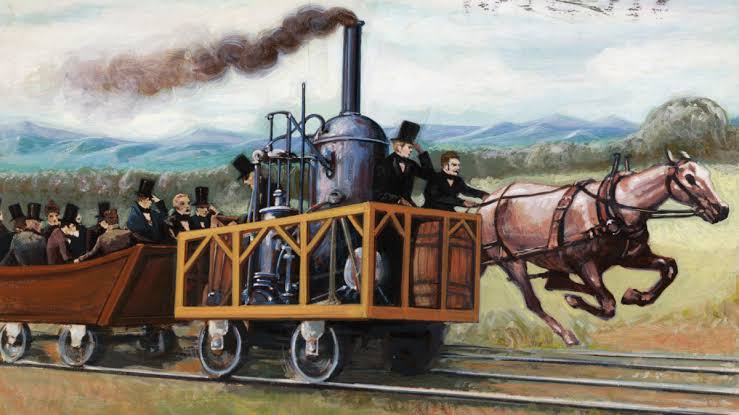
"Horsepower" was originally a marketing tool.
Back when horses were used as a means of aiding transportation, James Watt developed a steam engine that was more efficient than any other engine being used at the time.
However, he had trouble selling such an engine because no one could understand its value. From this, he came up with a solution.
Watt invented Horsepower as a new power unit which would help him succeed in beating his competitors who owned older engines. This term was used because everyone from that time was aware of how much a horse was able to move.
Diesel trains weren't used until the 1940s.
While steam engines developed throughout the 19th century, diesel trains were not put into use until the 1940s to the 1960s. These trains were preferred over steam engines because of their ability to perform faster for a much longer time.
Train travel from Europe to Asia is possible.
The longest train ride in the world is a trip originating from Portugal to Vietnam. This train trip is 10,056 miles long and takes approximately 12 days to complete.
The magnetic-levitation train is currently the fastest train in the world.
In April 2015, Japan broke its record for having the fastest train in the world. Japan Railways’ latest mag-lev bullet train traveled at a speed of 603 kph.
Mag-lev trains continue to aim for faster speeds.
It was reported by engineers that they have set a goal to increase the maximum speed a magnetic-levitation train can go. By the year 2020, these trains will be able to run at a speed of over 800 km/h.
The fastest commercial mag-lev train is found in China.
Shanghai, China holds the fastest commercial magnetic-levitation train in the world. This train can travel up to a maximum speed of 288 mph.
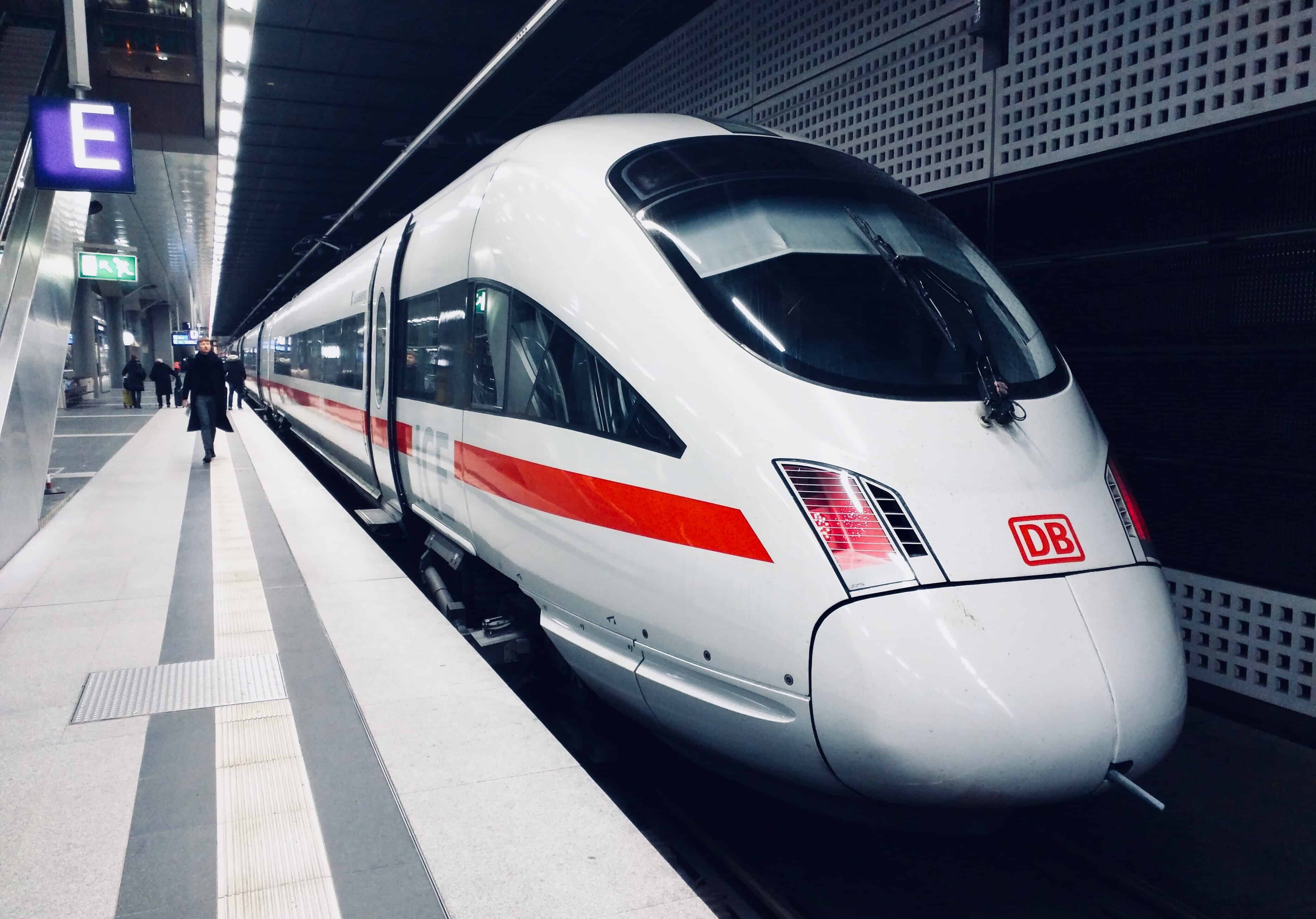
Japanese trains are always punctual.
In Japan, trains rarely have any sort of malfunction during working hours. If a delay lasts more than 5 minutes, the staff personally apologizes to each passenger.
Ore trains generate a large amount of power.
In Sweden, ore trains that travel down the coast generate 5 times the amount of electricity they use. This powers nearby towns and as well as the return trip for other trains.
You can ride the Hogwarts Express train in real life.
Harry Potter fans will be pleased to know that the train used in the Harry Potter films can be accessed in real life and is still currently running. The line goes through beautiful sceneries which include highland valleys.
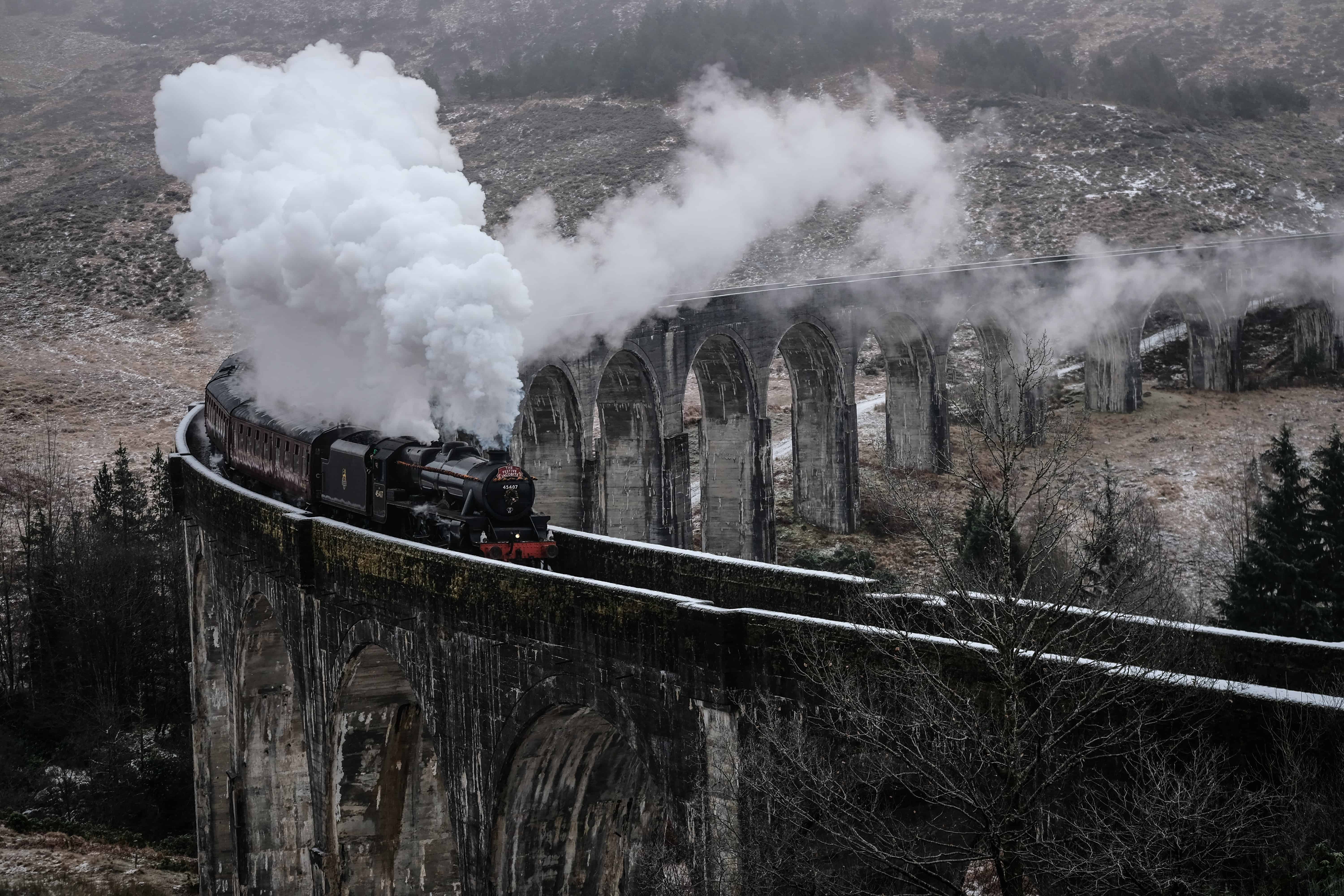
Train fans have a global community.
There are many train enthusiasts from all around the globe. These individuals are interested in anything and everything there is that concerns railway systems, famous journeys, model trains, etc.
Moscow trains have dog passengers.
There are a large number of stray dogs located in Moscow. Over time these creatures have learned how to take the railway system from the suburbs going into the city.
These dogs use the train to get to the city easily to scavenge for food.
Luxury cars are rated to be the best way to travel by train
If you’re looking to travel in style and comfort, consider getting a ticket for a luxury train. These trains are known for delivering the best and most exciting travel experiences in the world.

The longest direct train route is found in Moscow.
The Trans-Siberian Railway spans into a total length of 5,778 miles. This route can be taken entirely within the bounds of Russia and takes a week at minimum to travel the entire distance.
The age of steam trains came to an end after World War 1.
After the first world war, diesel trains, along with electric ones gradually replaced steam engine trains. These trains were found to be more efficient and eventually became more preferred.
Trains can run on 4 kinds of power sources.
From the oldest to the latest, these transport systems have been supported by these following power sources: Horse-pulled, Steam, Diesel, and Electricity.
There is a very small distance between train wheels and the rail.
The total area of contact the average train wheel has between the rails is found to be no larger than one silver dollar.
The first train used in America was not made in America.
The first American steam locomotive was originally imported from England in the year 1830. The first American train was not built until much later that same year.
The first underground railway was established in Europe.
A small network of tunnels was established in hopes to make the very first underground railway system. However, this system had problems with its steam engine smoke.
The longest train station is also found in Europe.
This station can be found in England where the station spans a little over 600 meters long.
The US railway system was nearly destroyed.
In the year 1930, many railroad systems failed during the great depression. If not for the need to quickly transport goods across long distances, the railway system would have lost to its competitors in airway and motor vehicle transport.
New York holds the record of having the most number of passenger platforms in one station.
The Grand Central Station in Midtown Manhattan is one of the biggest train stations in the world and holds a total of 44 passenger platforms.
Australia has the straightest railway path in the world.
This railway track spans 478 kilometers long and it is also recorded as the world’s longest and straightest railway.
The World Wars would not have lasted as long without trains.
Because trains were used as the main way of transporting goods and soldiers, this allowed troops to quickly replenish resources. If this transport system was not available, soldiers would not be able to recover as fast and thus tire out faster and result in a quicker victory or loss.
The heaviest train in the world can be found in Australia.
The heaviest train weight ever to be recorded was found to be over 95,000 tonnes. This freight train span a distance of 7.3 kilometers and equally weighed the same amount as 27 fully grown elephants.
Trains enabled a systemized timezone.
Once trains were able to run at a fast enough speed for efficient travel, the United States began to follow four time zones only from then on.
Was this page helpful?
Our commitment to delivering trustworthy and engaging content is at the heart of what we do. Each fact on our site is contributed by real users like you, bringing a wealth of diverse insights and information. To ensure the highest standards of accuracy and reliability, our dedicated editors meticulously review each submission. This process guarantees that the facts we share are not only fascinating but also credible. Trust in our commitment to quality and authenticity as you explore and learn with us.
